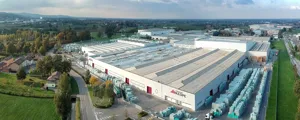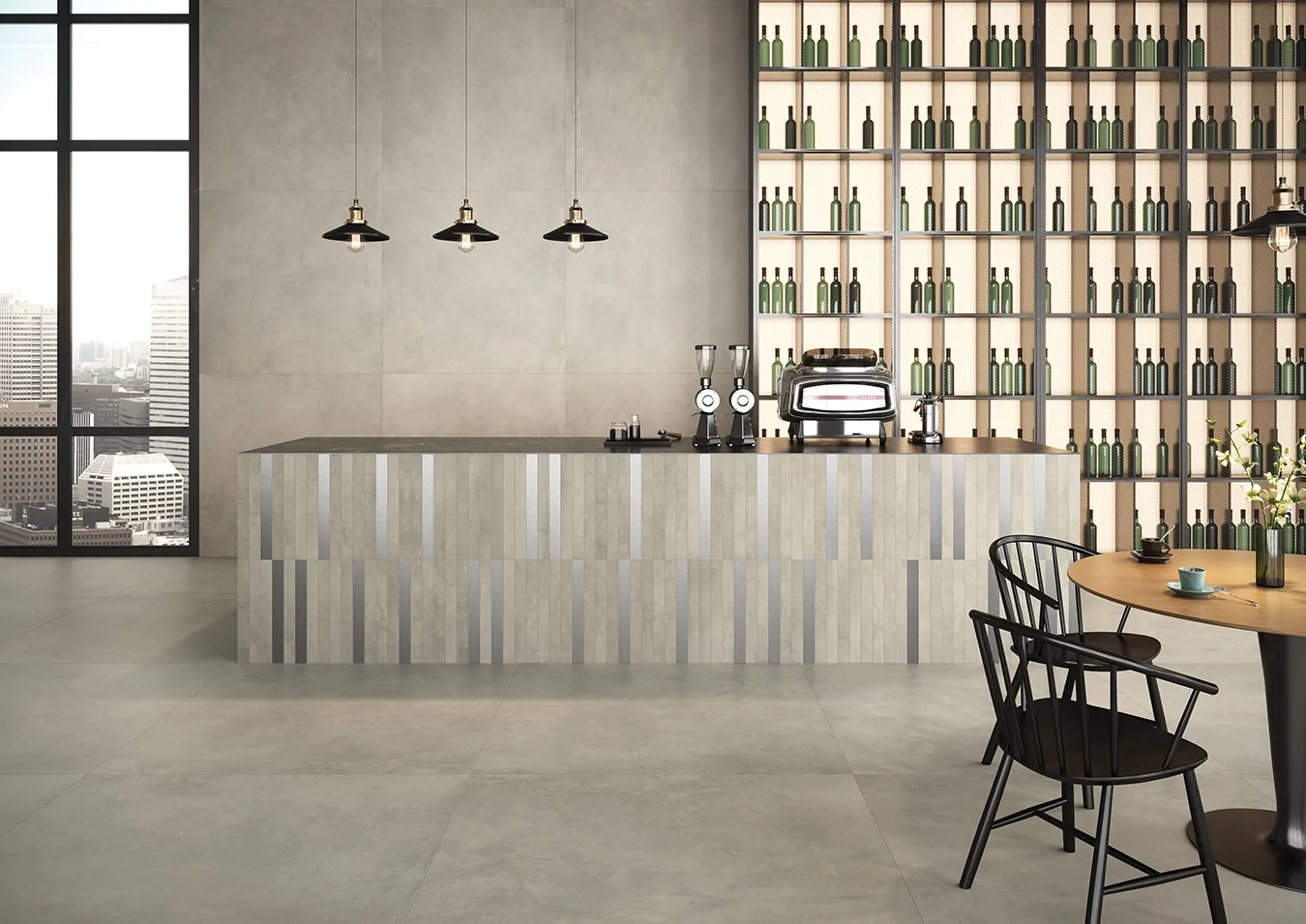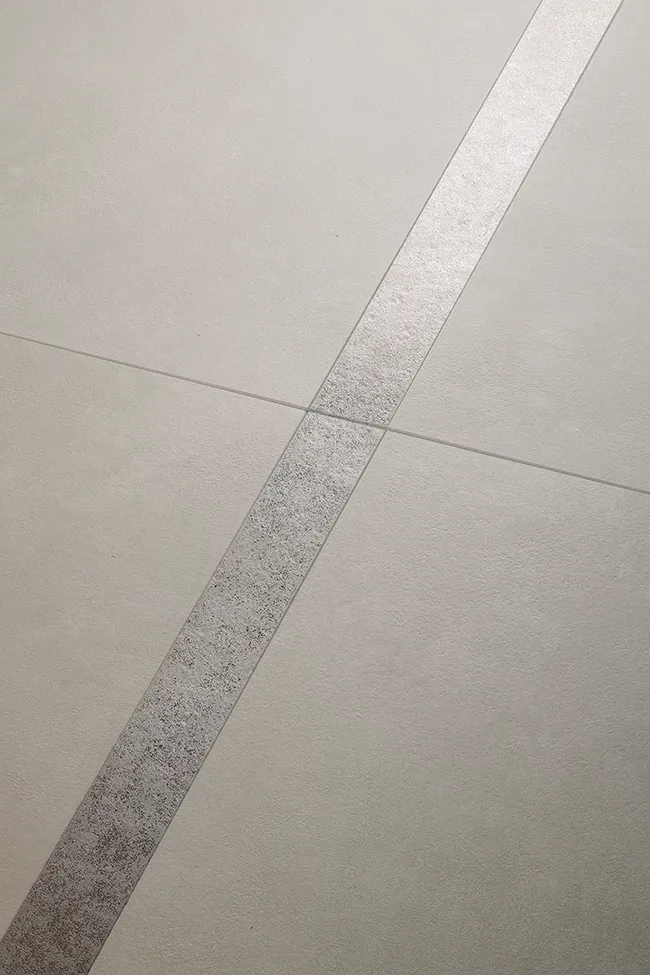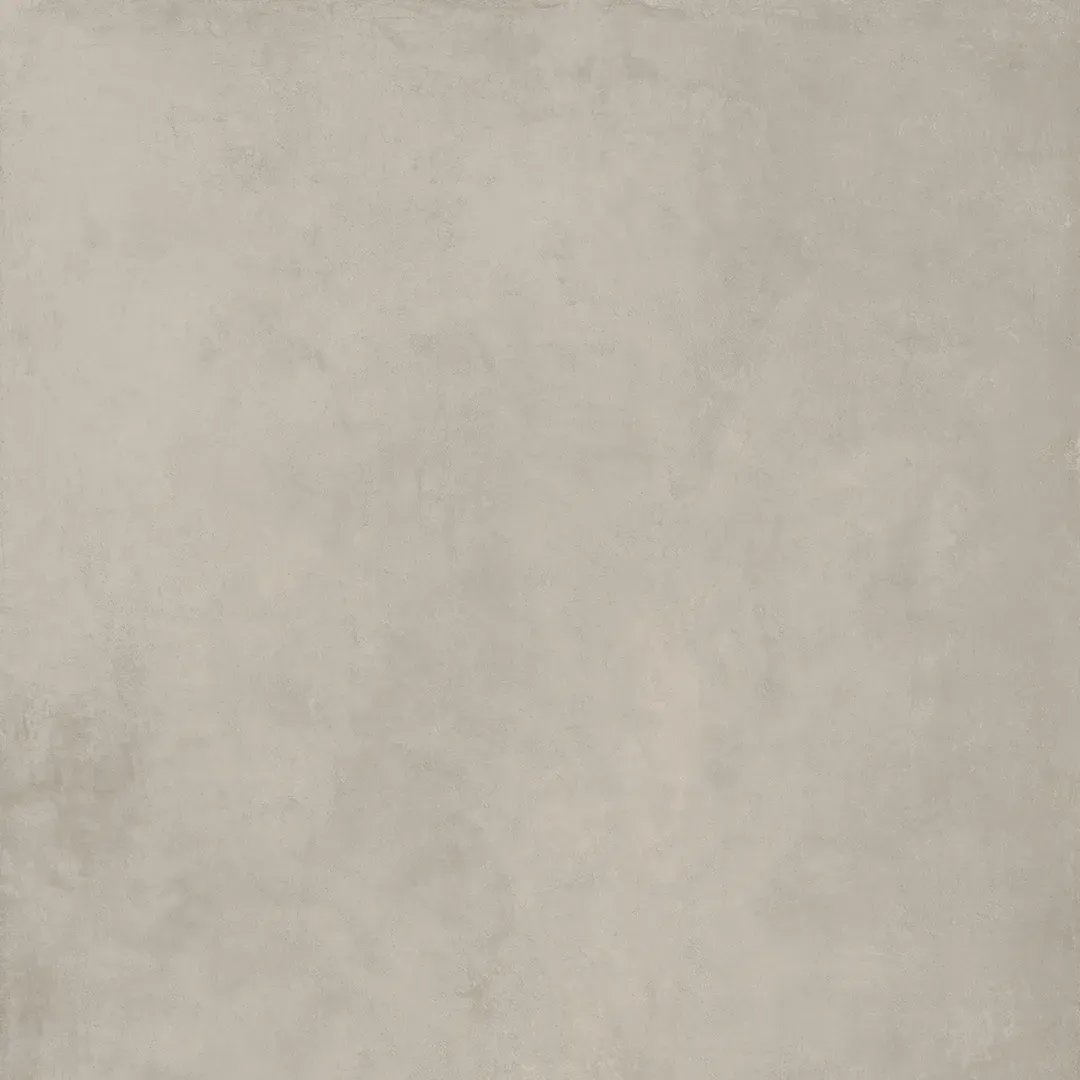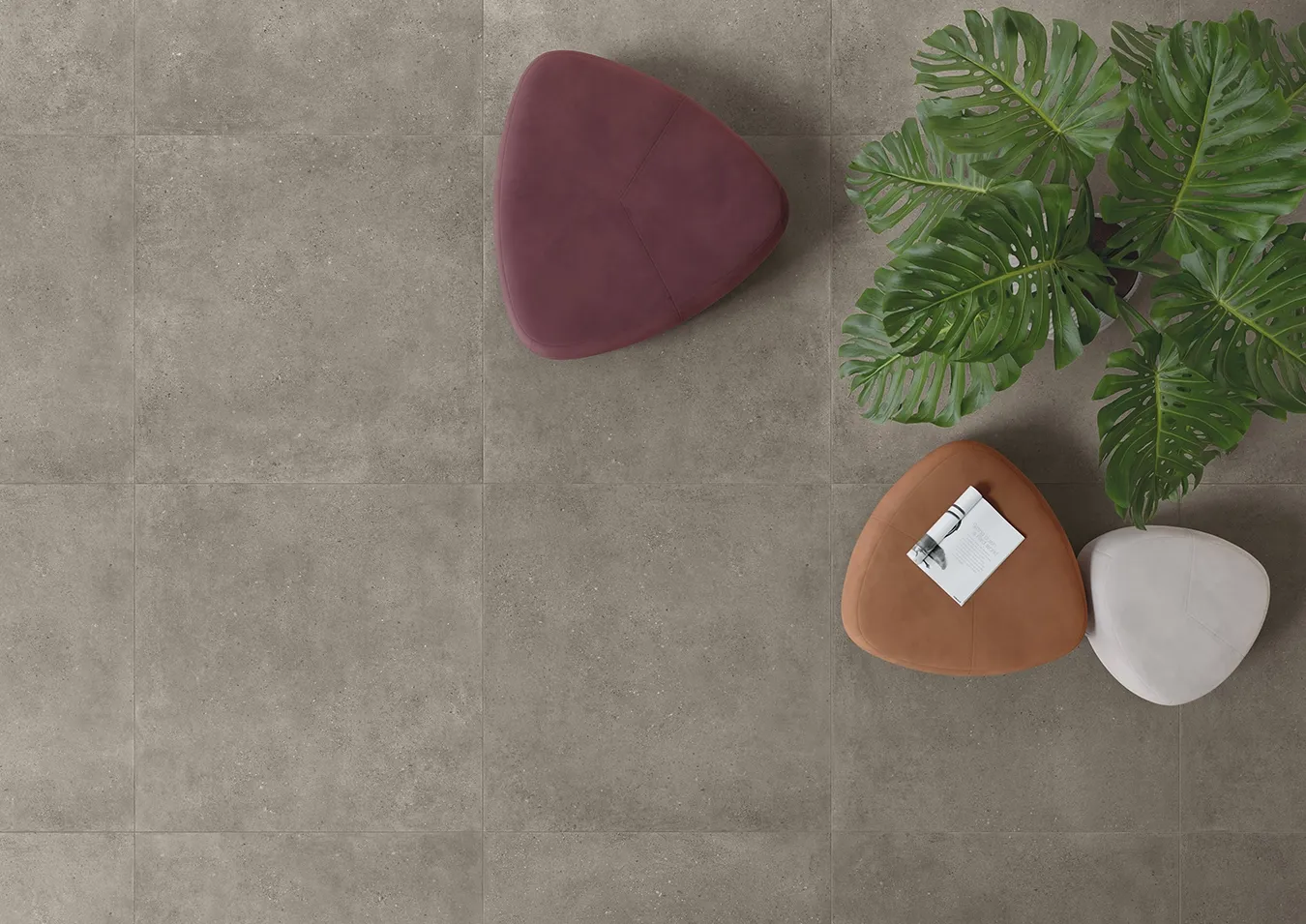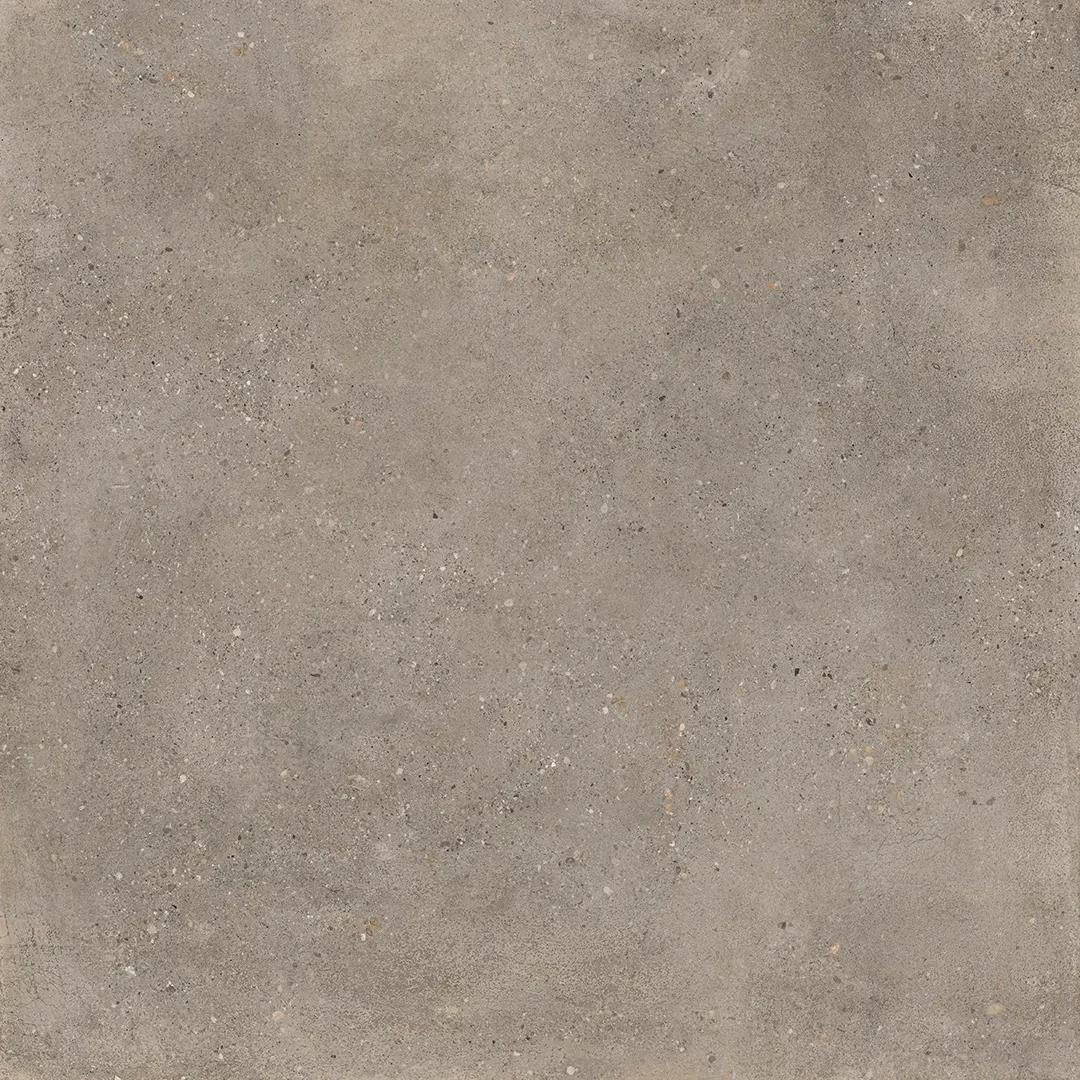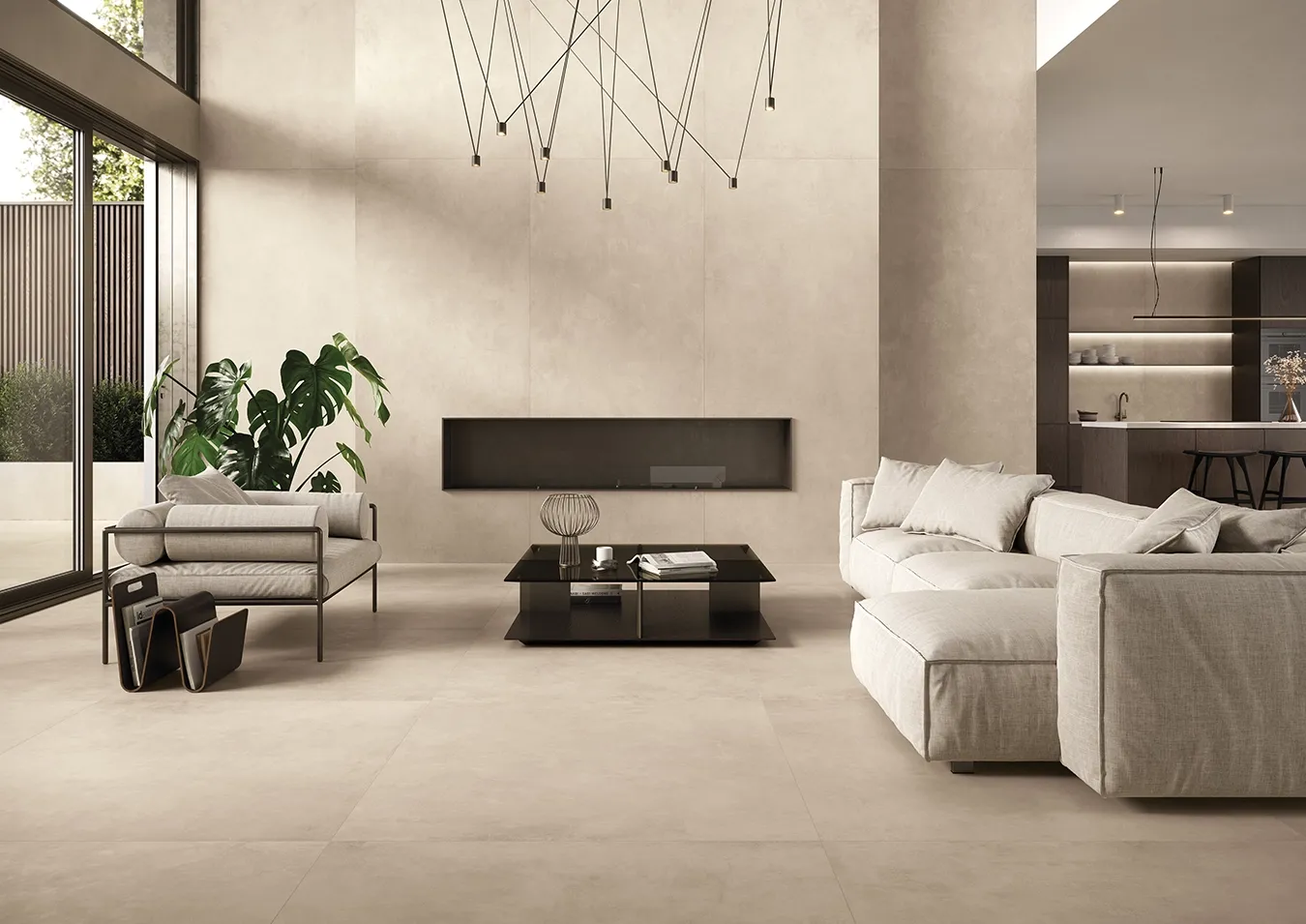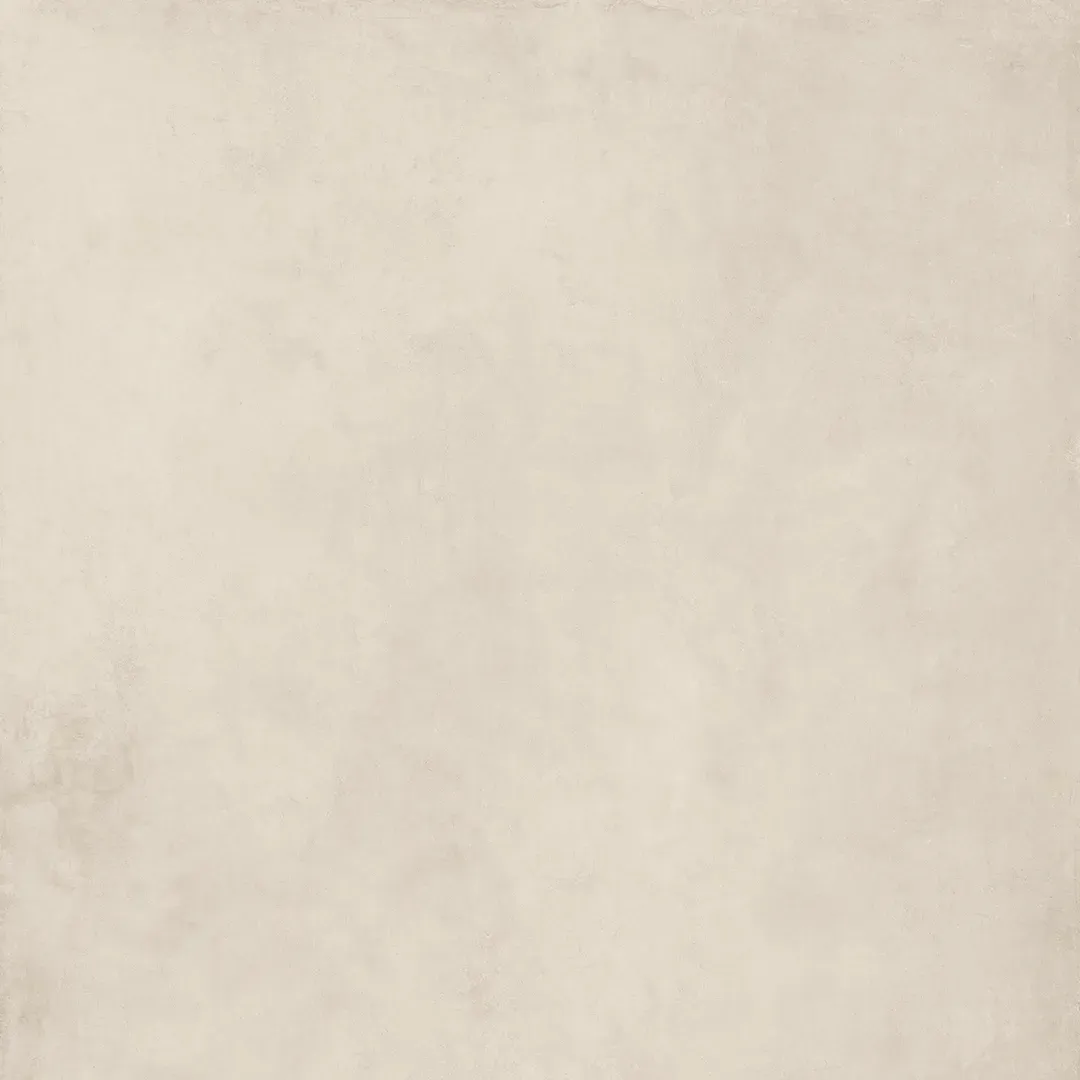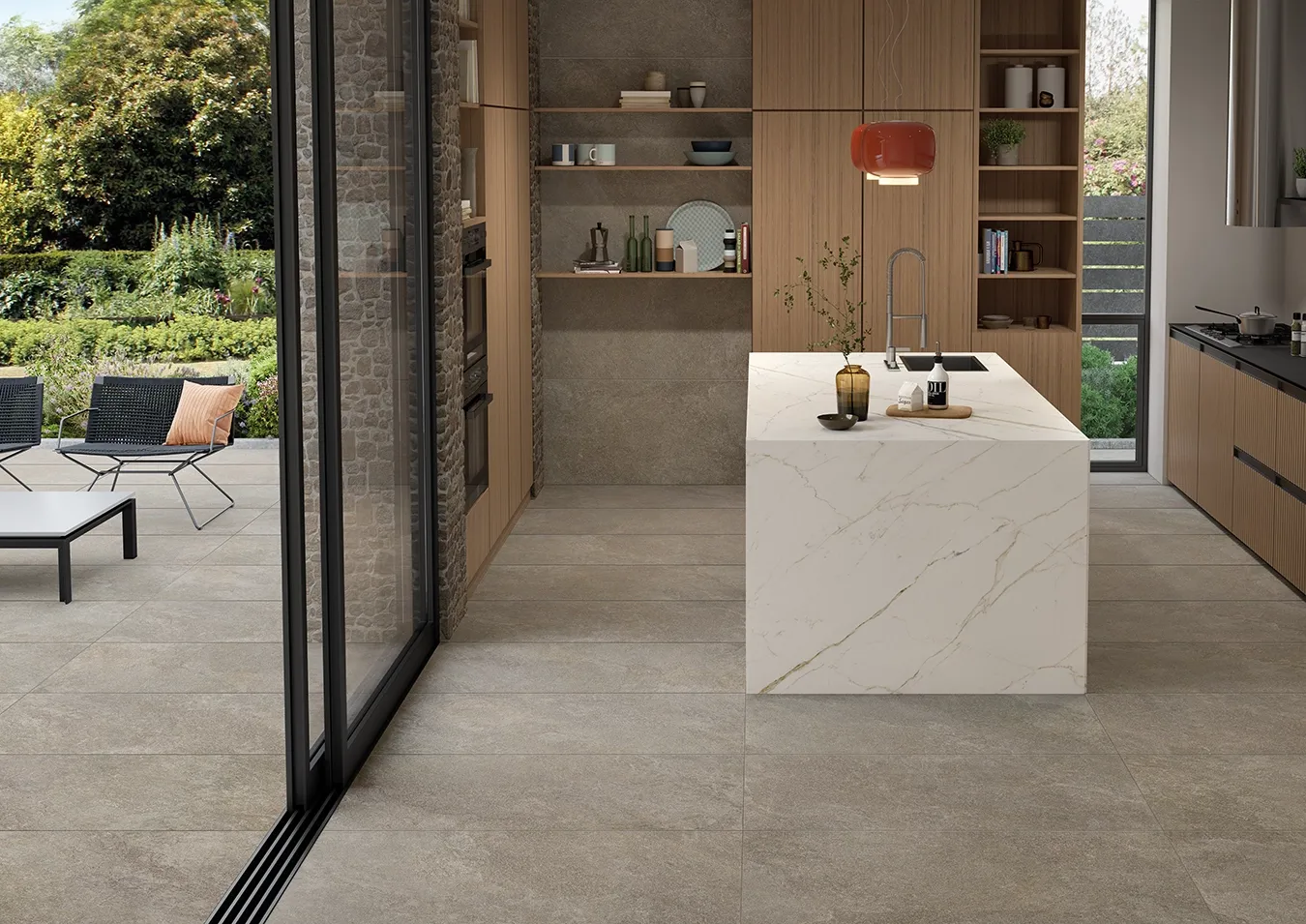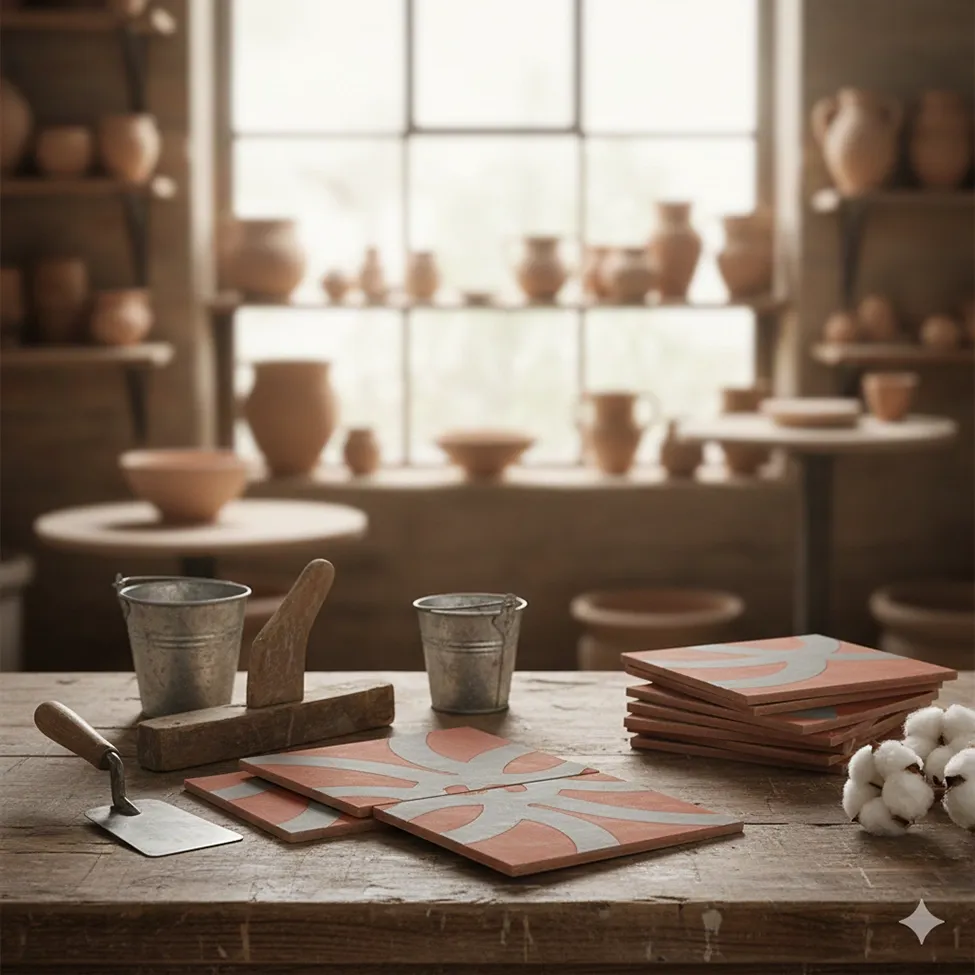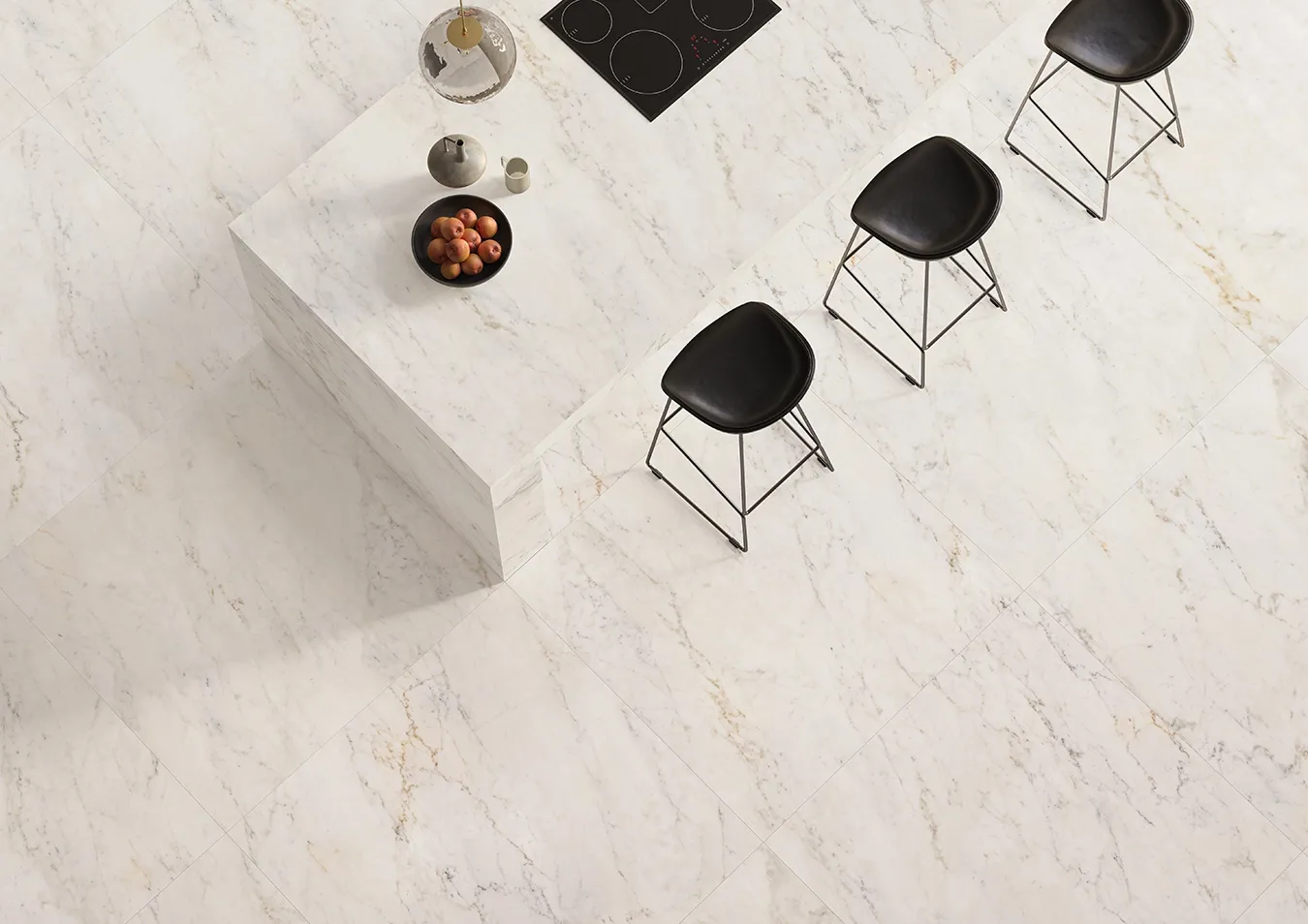The ULTRAmatt innovation
This innovation replaces traditional opacifiers with ultra-fine granulometry materials, creating an even denser surface that virtually eliminates light reflection. The technical advancement delivers multiple benefits: the smoother microscopic particle distribution creates a surprisingly pleasant, gliding tactile sensation while dramatically improving stain resistance and simplifying cleaning. Most remarkably, ULTRAmatt maintains certified R10 performance as non slip tiles despite their refined texture, making them the ideal choice for projects demanding both sophisticated matt aesthetics and superior technical performance in commercial and residential applications.



